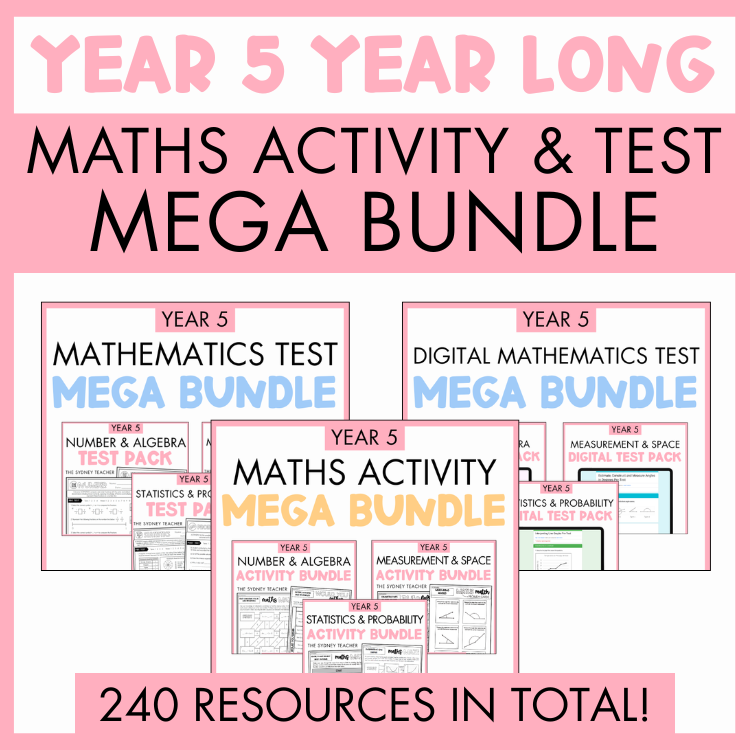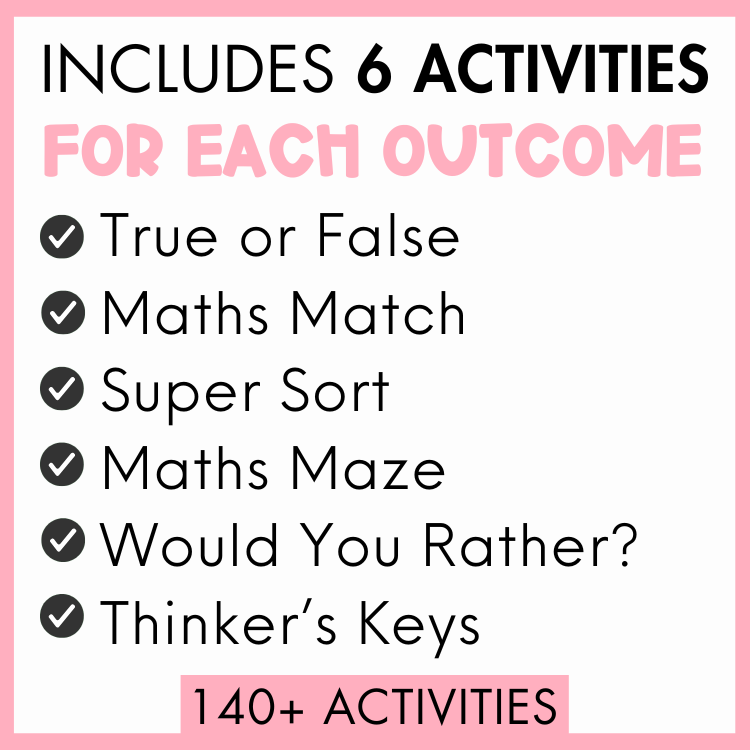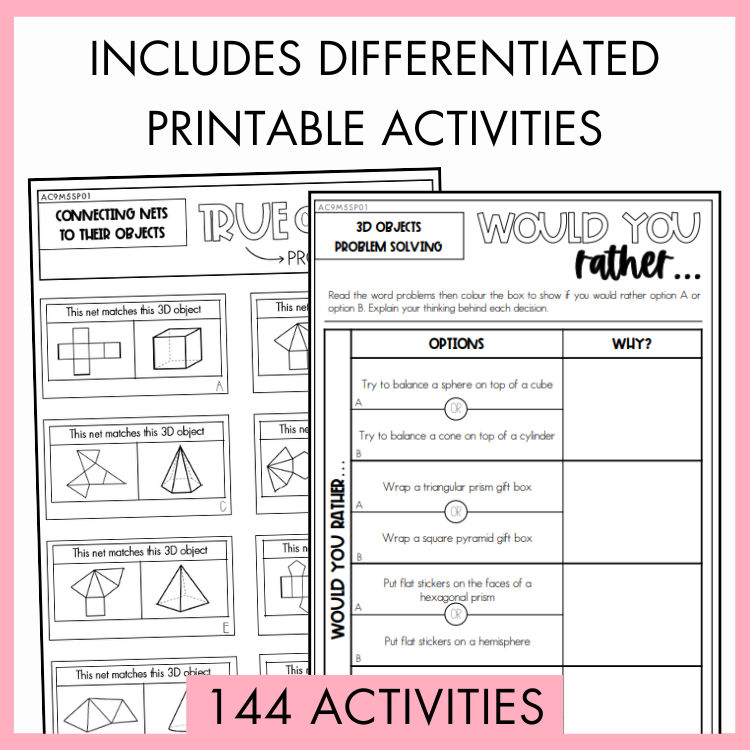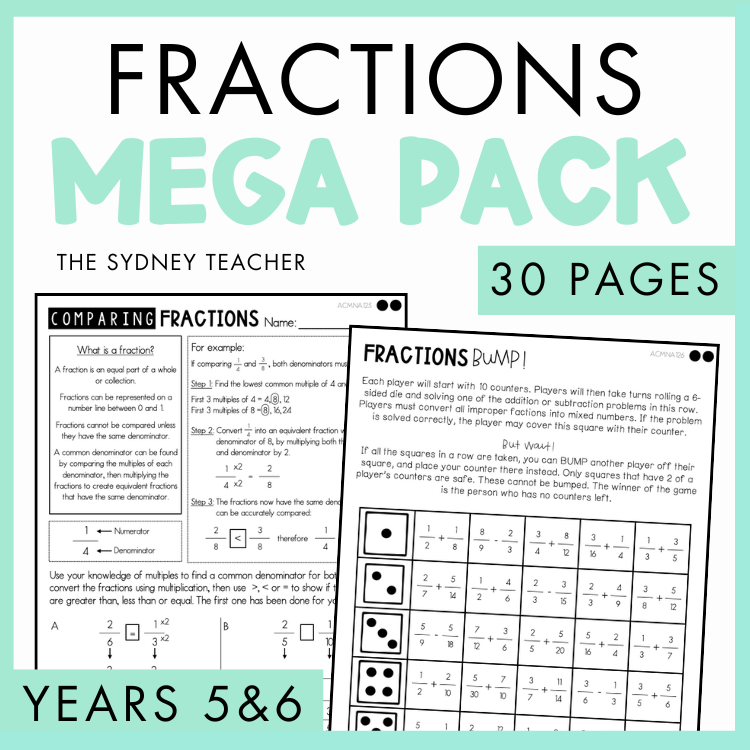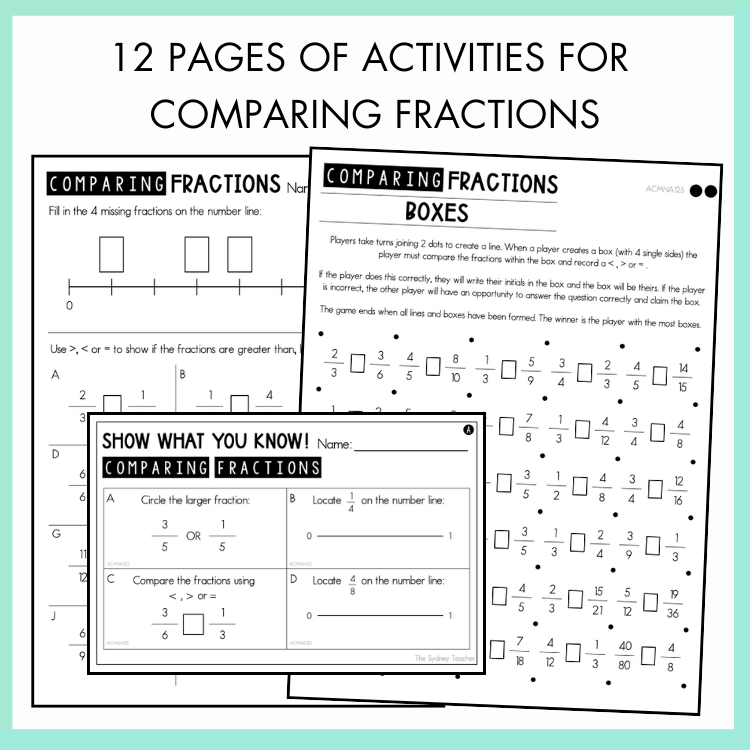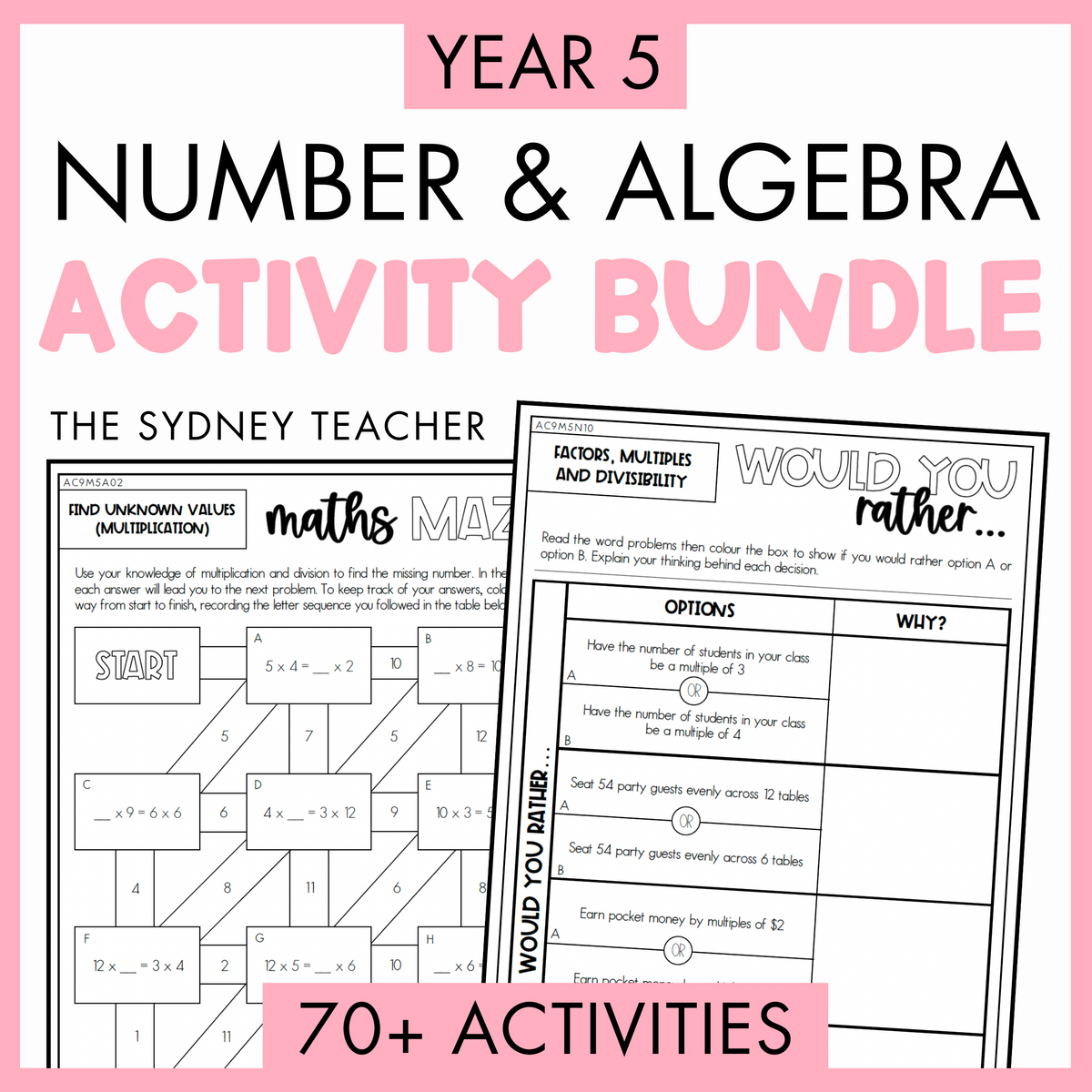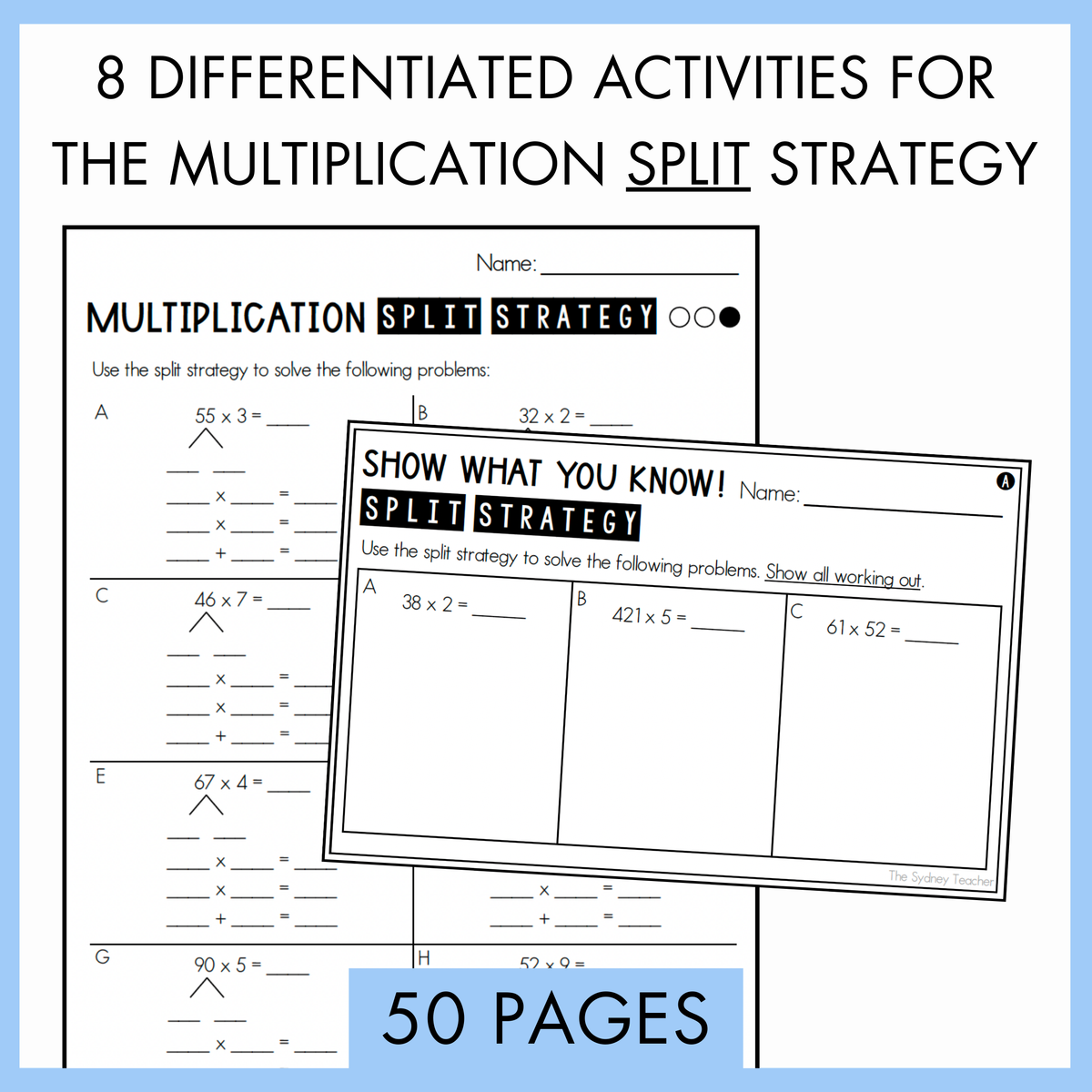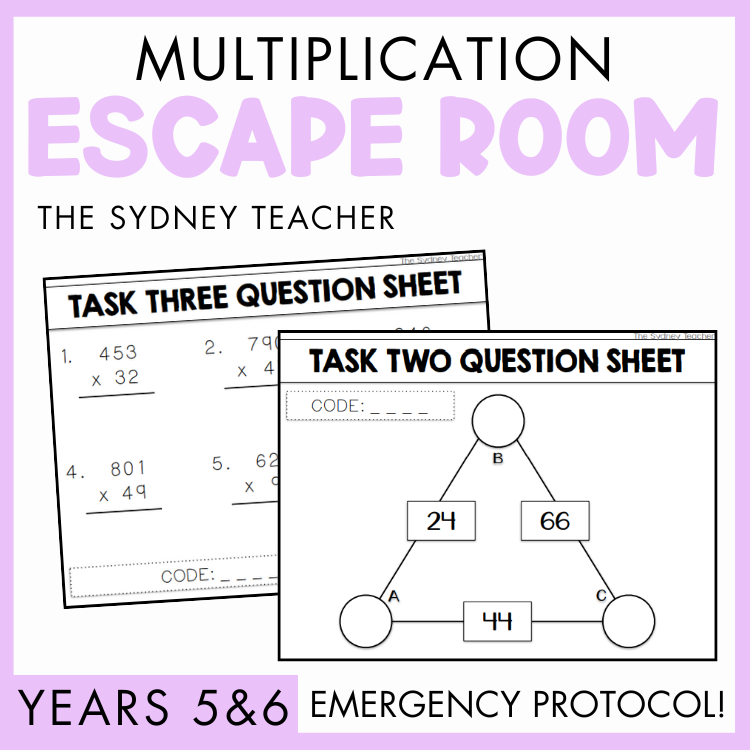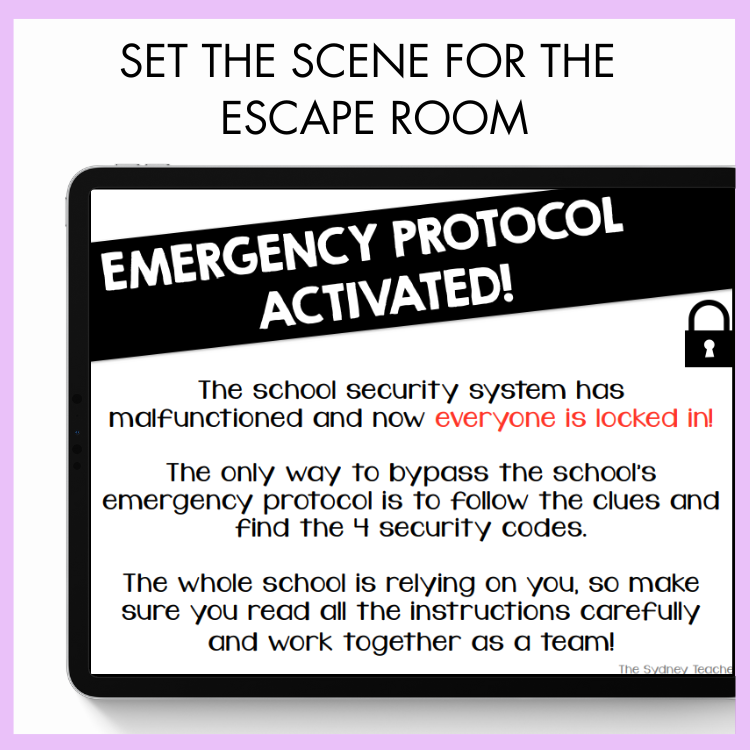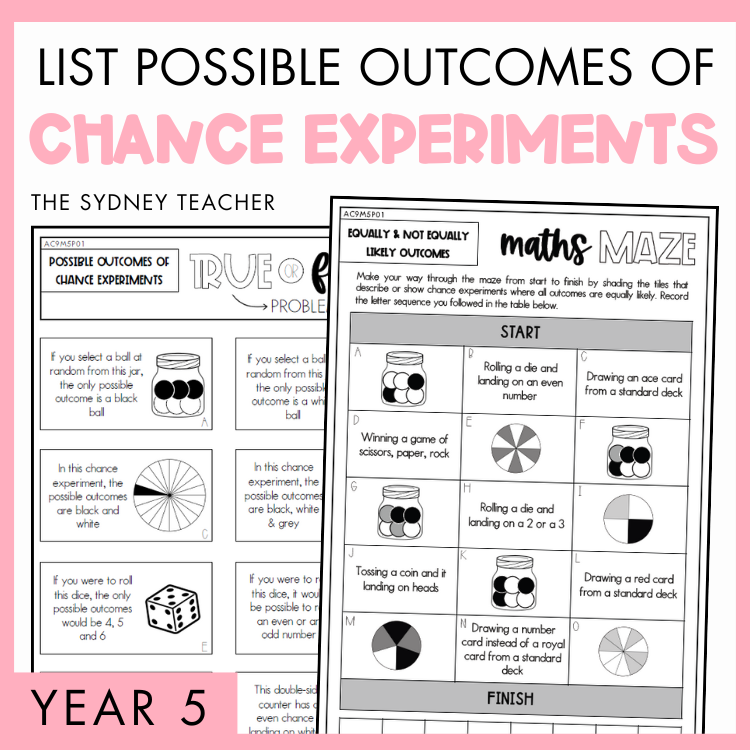
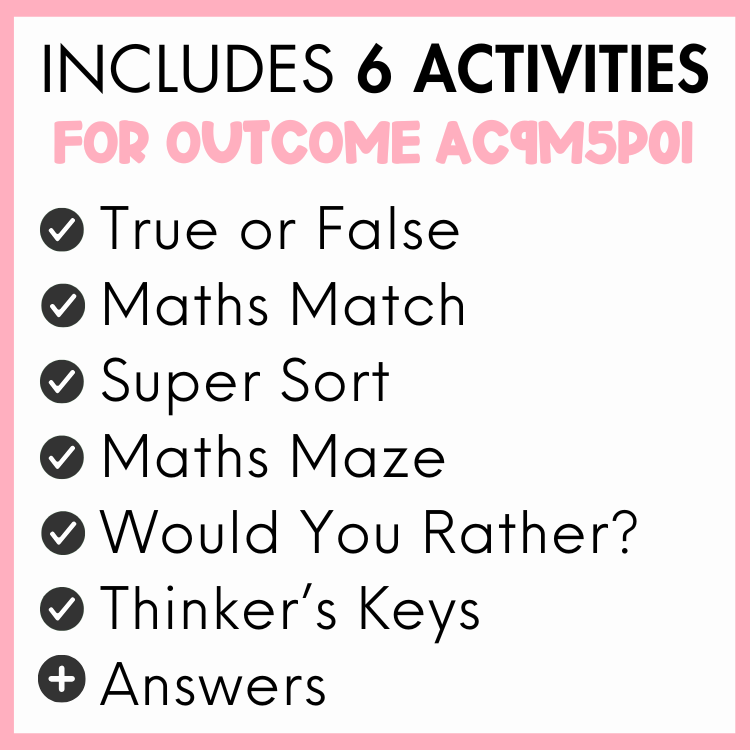


Year 5 Statistics & Probability: List Possible Outcomes of Chance Experiments (AC9M5P01)
If you are looking for an engaging way to teach your students how to list the possible outcomes of chance experiments involving equally likely outcomes, look no further! This pack includes SIX hands-on activities aligned with the Australian Curriculum outcome AC9M5P01 - ALL designed to be fun and interactive!
Outcome Codes: AC9M5P01
Purchase in this bundle
Purchase in this bundle
Why Choose The Year 5 Statistics & Probability: List Possible Outcomes of Chance Experiments (AC9M5P01)?
- All six activities are aligned with the new Australian Curriculum (V9.0).
- Activities are interactive, hands-on and FUN!
- Purchasing this pack means there is NO planning required for outcome AC9M5P01
- No prep, just print and go!
What's Included?
- True or false
- Maths match
- Super sort
- Maths maze
- Would you rather?
- Thinker's Key (problem solving)
- Answer sheets for teachers
Teachers Who Bought The Year 5 Statistics & Probability: List Possible Outcomes of Chance Experiments (AC9M5P01), Also Loved...
Free Resources from The Sydney Teacher
Get free ideas and inspiration to use in your classroom today
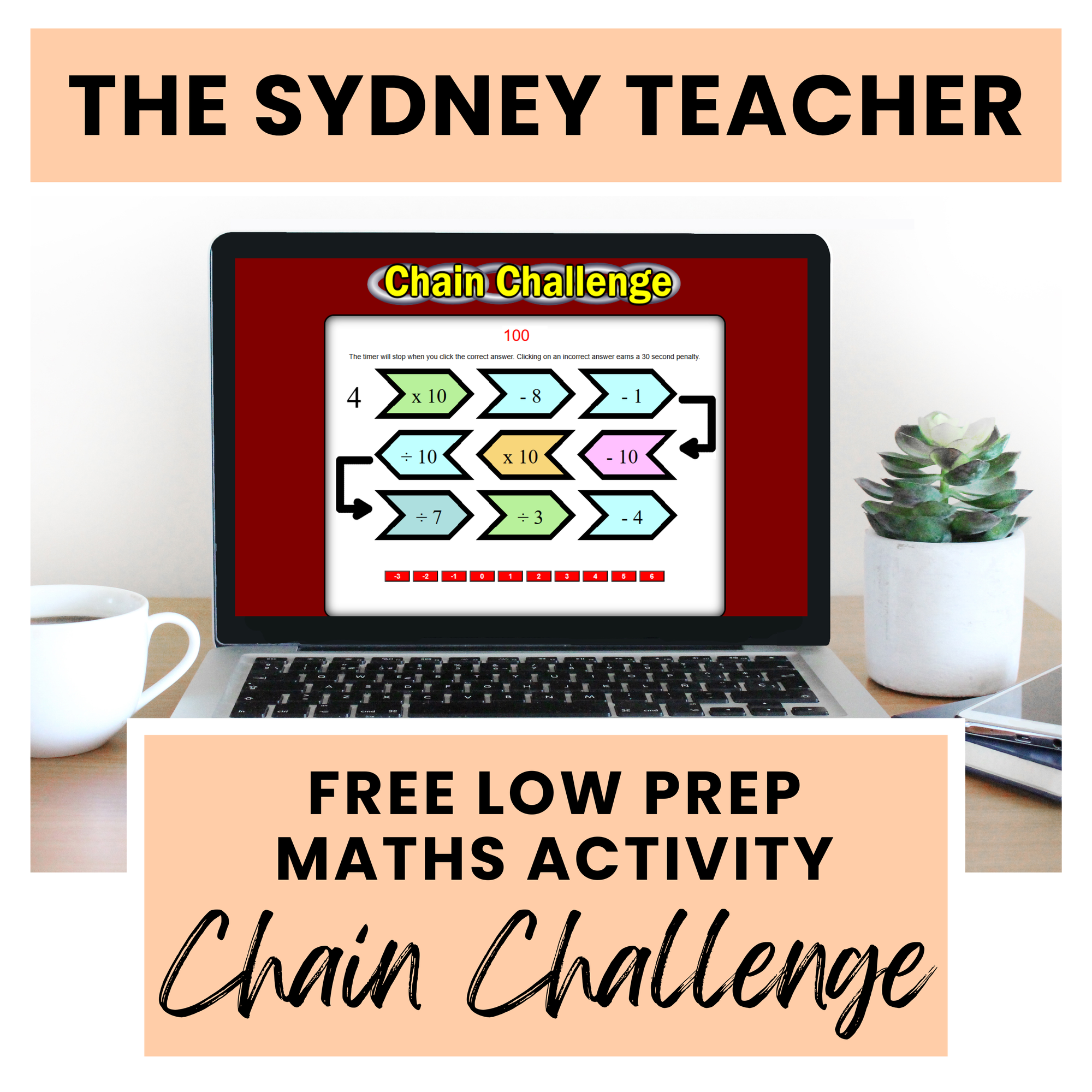
Maths Warm-Up: Chain Challenge
Chain Challenge from Transum.org is a free, engaging maths warm-up that gets students focused, thinking, and excited to participate.
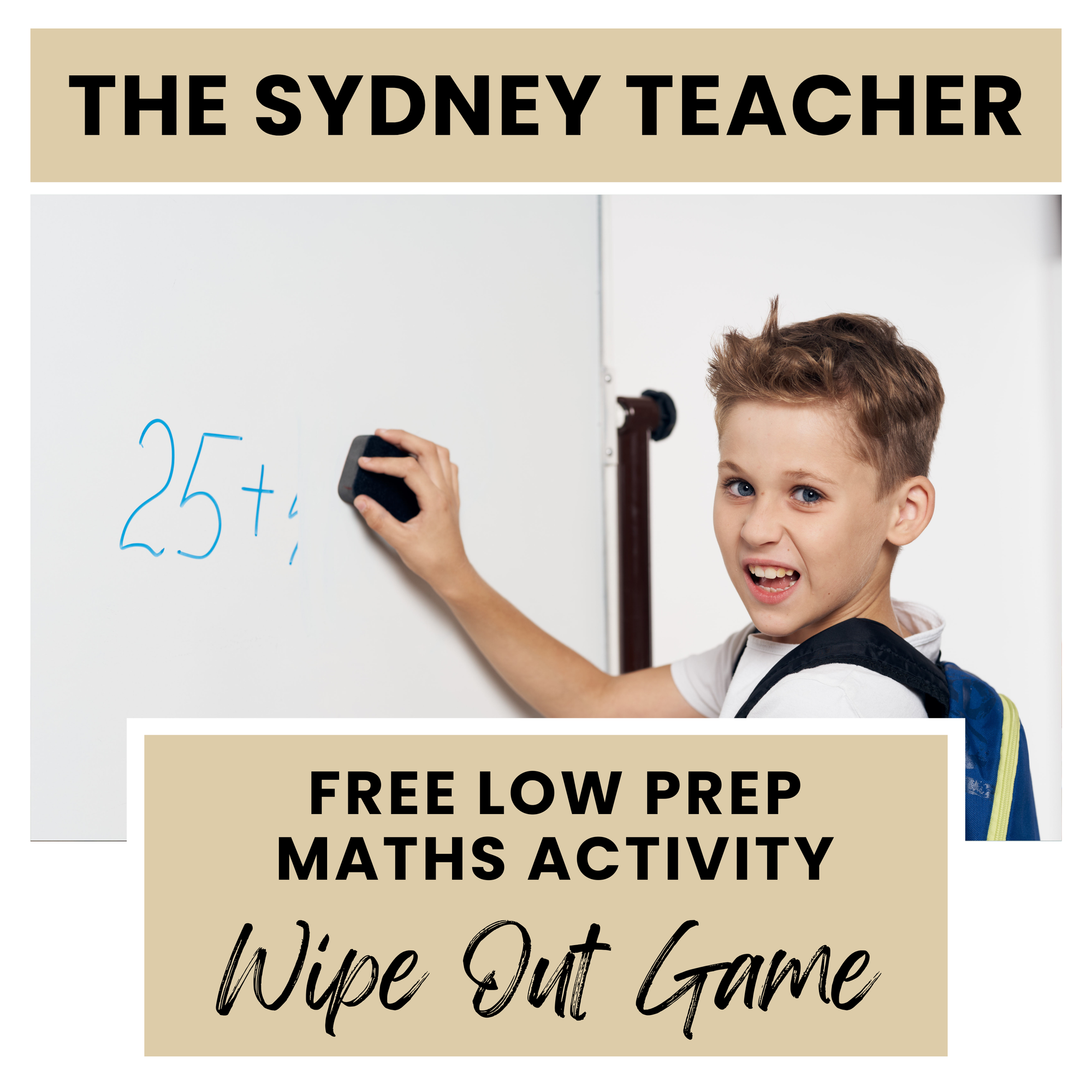
Maths Warm-Up: Wipe Out Game
If you’re looking for a maths game that really hooks students, you’ve got to try Wipe Out. It’s quick, lively, and always gets students on their toes while practising their number skills.
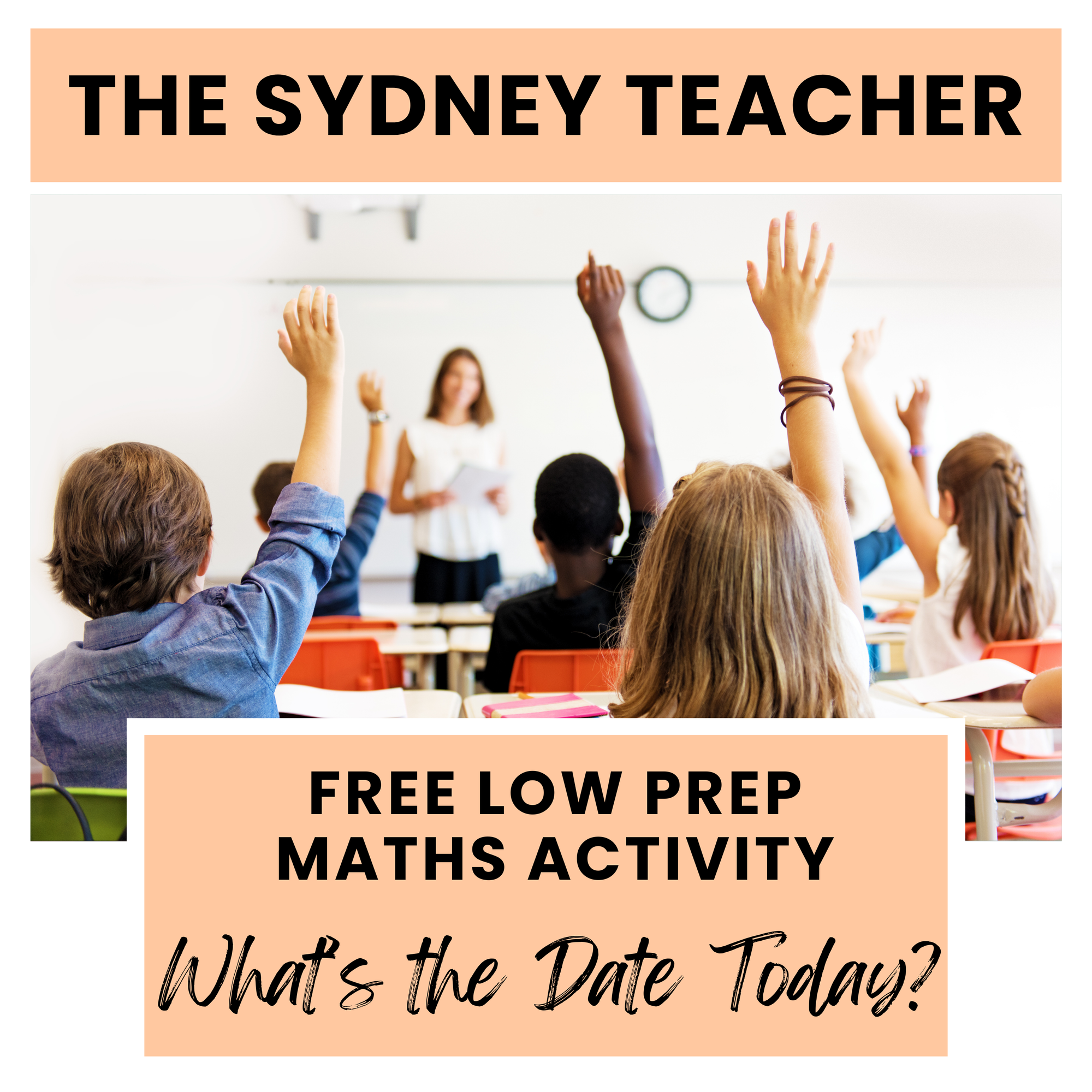
Maths Warm-Up: What's the Date Today?
This maths warm-up brings a little excitement to your morning routine. It is a quick, interactive maths activity that engages the whole class.

